Discover 5 Species that Inhabit the Amazon River
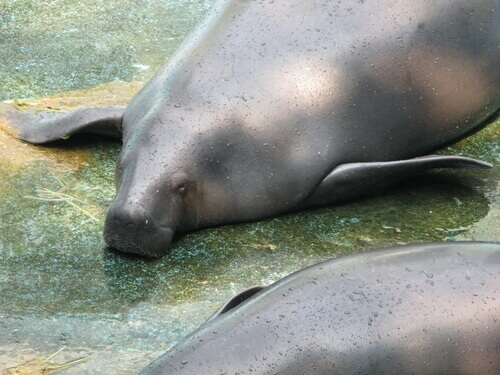
Without a doubt, when it comes to the different species that inhabit the Amazon River, the piranha will be the most familiar! However, there are other less known but more interesting animals you can find there… For example, the manatee that appears in the article’s cover photo!
The Amazon is the second-longest and most abundant river in the world. What’s more, the Amazon region, considered one of the most biodiverse on our planet, is home to millions of species of animals and plants, many of which have yet to be discovered. So with that in mind, we invite you to discover the 5 species of the Amazon River that have most interested the scientific community.
The Amazon manatee
The Amazon manatee is the largest mammal in this ecosystem. This gray-skinned giant weighs about 1000 pounds and is about 9 feet long. To find one, you’d likely need to head to the northern part of the Amazon River basin, where it’s known as the ‘sea cow’.
As for the manatee’s diet, it consists essentially of plants that grow along the river’s edge. Deforestation, unfortunately, is endangering this food source. At the same time, its high value on the black market has led this animal to be in danger of extinction.
The Amazon river dolphin
This species of dolphin, surrounded by a mythological aura that saved it from poaching, spends its life swimming among the trees of the Amazon rainforest. The Inia geoffrensis, also known as the pink dolphin, weighs up to 440 pounds and measures up to 8 feet in length.
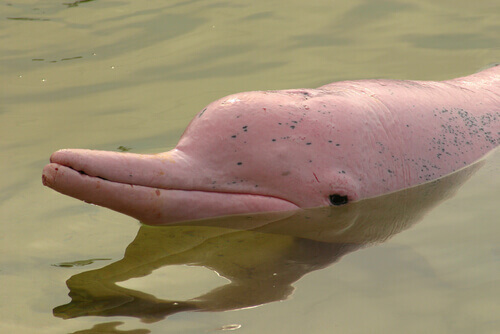
Morphologically adapted to its muddy water environment, Amazon River dolphins are virtually visionless. Their bulging forehead and thin, elongated snout allow them to hunt by diving among the branches and roots of the submerged Amazon bed.
This species doesn’t have predators, but pollution, overfishing, and boat propellers have depleted its population considerably.
The piranha, one of the species of the Amazon River that people fear the most
These small, sharp-toothed fish are the species that causes the greatest fear among travelers. Their diet consisting of dead fish and small animals, helping the Amazon ecosystem to get rid of the toxins that the abundant decomposing meat in its rivers produces.
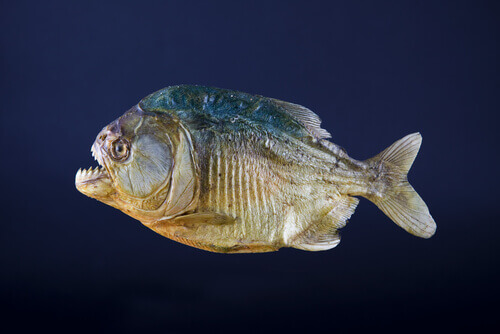
According to estimates, there are between 30 and 60 varieties of piranhas, and only 5 of them pose a danger to humans, namely:
- The red-bellied piranha or Pygocentrus nattereri
- The red-eye piranha or Serrasalmus rhombeus
- The Serrasalmus Piraya
- The yellow king piranha or Serrasalmus Ternetzi
- Serrasalmus Hollandi
The giant Arrau turtle of the Amazon River
The Arrau turtle, Podocnemis expansa, can reach 3 feet in length, and weigh almost 220 pounds. Females are usually heavier, as their shells are considerably thicker than those of males.
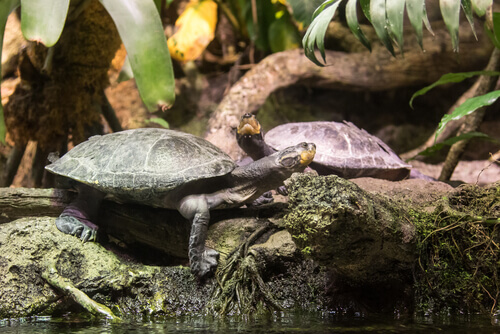
Interestingly, this species of turtle doesn’t usually come out of the water. Except for females, which lay their eggs on river beaches. Then, once they bury their eggs, they usually return to the water immediately.
Unfortunately, these eggs are in great danger, given the bird species that often take a fancy to them. They tend to wait for the eggs to hatch before devouring the hatchlings. In fact, experts believe that only 5% of hatchlings survive in these cases.
The electric eel
This species can emit electrical discharges of up to 850 volts. This is five times the voltage generated by a standard household outlet. The electric eel is one of the most dangerous wild animals in the Amazon River.
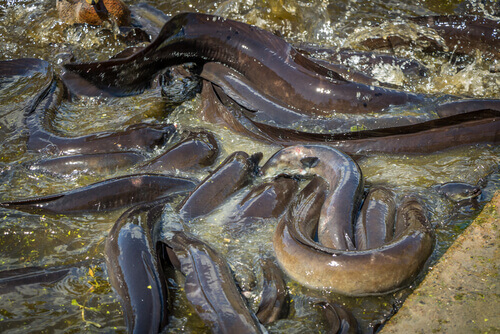
We can find it in the murky waters of the Amazon River, an environment that has reduced its vision to a minimum. This has caused it to use its electric discharges both for hunting and for defense.
Despite its name, the electric eel isn’t an eel as such, but a species of fish from the Gymnotidae family. Its life expectancy is up to 15 years, and its diet consists of fish, amphibians, and small birds.